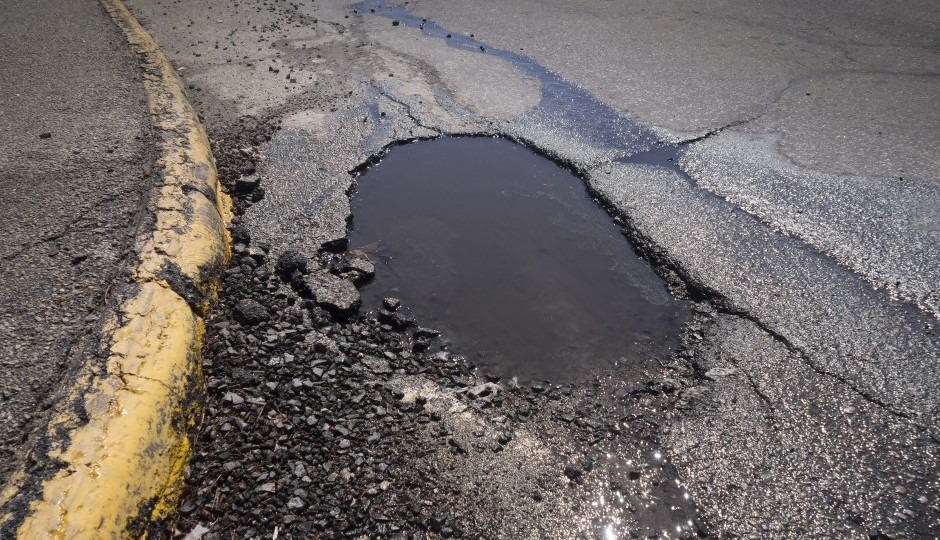This Is Why Philly Roads Are So Rotten

Shutterstock.com
Pothole season has arrived and, soon the city’s streets will be littered with craters just waiting to bust an axle or fling a bicyclist over his or her handlebars. Philadelphia has of course never been known for its well-maintained roadways, but if it feels like the streets have gotten worse in recent years, well, that’s because they have.
Street repaving positively plummeted between 2011 and 2014. The city paved just 135 miles of roadway over that stretch. To keep to its target of repaving neighborhood streets every 15 years (which is itself probably too long), the city would have to pave 130 miles every single year. Last year, the city paved just about 30 miles; a preposterously low total.
There’s a reason the repaving schedule has been so slow recently, but more on that in a moment. The big news is that city is ramping up road paving, starting any day now.
This paving season, the city expects to spend $12.8 million paying 68 miles of streets. That’s not close to the 130 miles annually the city ought to be doing, but it’s certainly a lot better than last year’s total of just 30 miles. Mayor Nutter’s new budget proposal would increase the road paving budget to about $16 million, which would be enough to fund 85 miles of road resurfacing next Spring.
So, why did the city’s repaving pace decline so precipitously in recent years? Curb cuts. Specifically, the unfunded federal mandate to install or upgrade ramps onto city sidewalks, thus making them more accessible for the disabled. Rebuilding a ramp can cost as much as $7,500 apiece, and two ramps are requires per corner. That’s $60,000 per intersection.
Well-built sidewalk ramps offer a lot of advantages. There’s the obvious increased access for disabled people. But quality ramps are also a nice amenity for anyone pushing a stroller, or a bike, for delivery workers pushing a dolly—really, they enhance the pedestrian experience overall.
But the cost is pretty astronomical, and the Nutter administration concluded quite reasonably that the city wasn’t in the fiscal position to absorb the expense of all those ramps while repaving roads at the same pace as before. So resurfacing was slashed to a bare minimum, and curb cuts ate up huge chunks of the repaving budget.
Now, though, after discussions with leaders in the city’s disability community, the city plans to limit its curb cut expenses to 20 percent of the total Philadelphia street paving budget. That, combined with Nutter’s proposed increase in the paving budget, should improve the quality of city roads somewhat.
What would it take to pave a 130 miles per year (which, remember, only gets the city to its 15-year-cycle target; which some think is way too long)? A lot. Like another $6-7 million annually. It seems like it’s obviously worth it